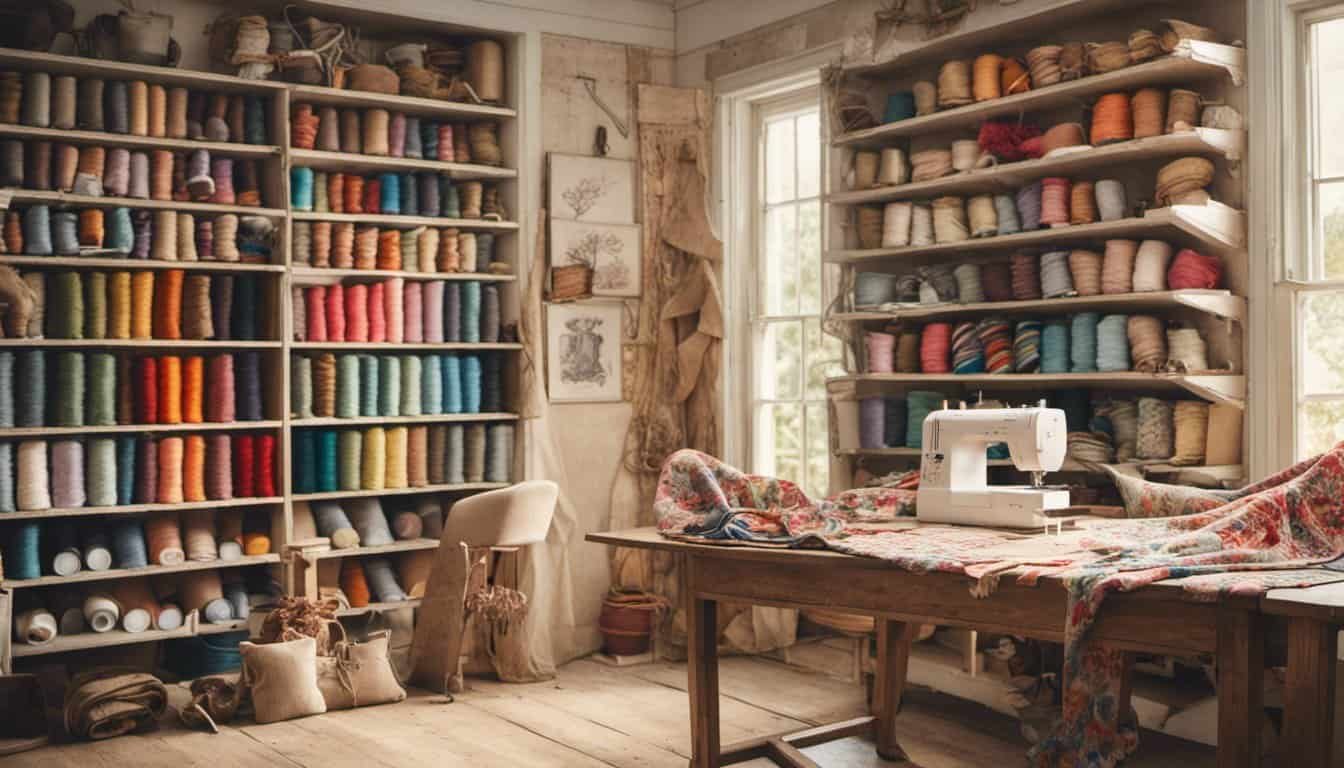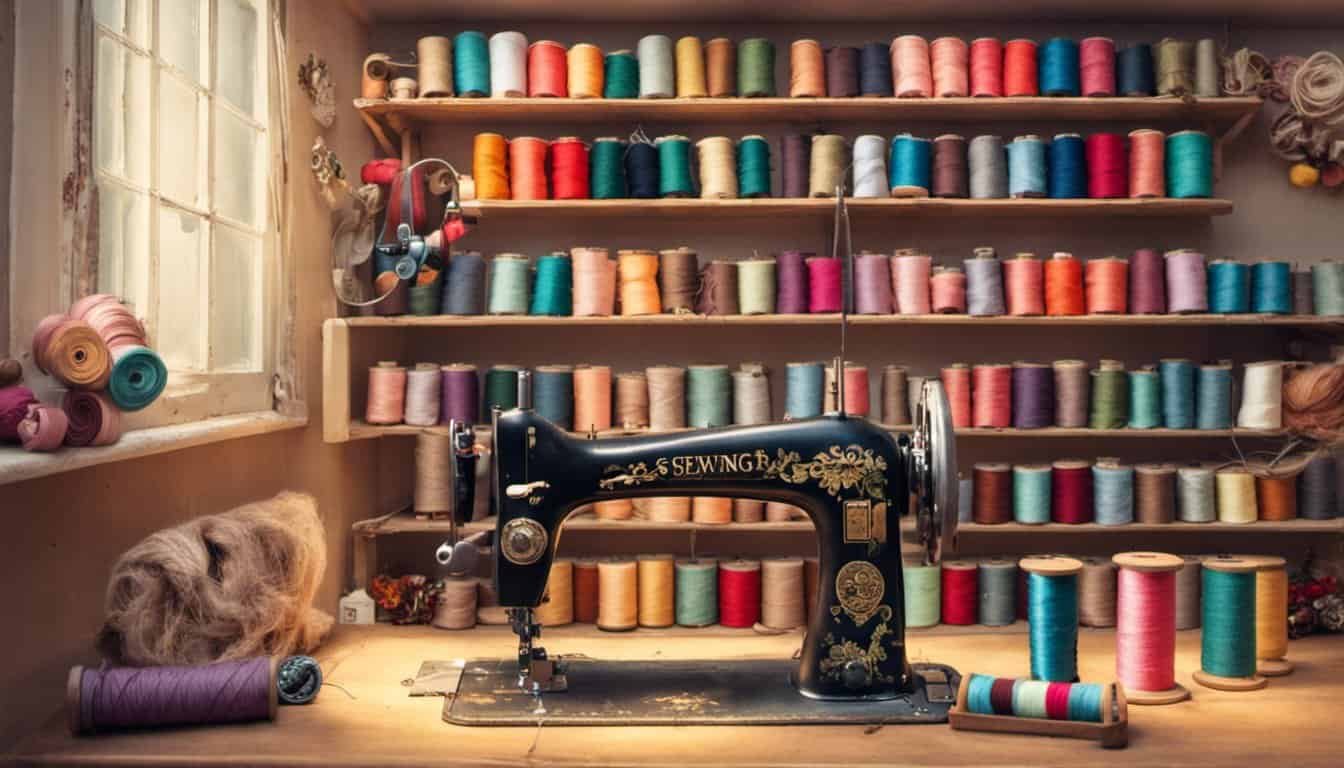Embroidery has always been a passion of mine, and there’s nothing quite like seeing a beautiful design come to life on fabric. Transferring your favorite embroidery patterns might seem tricky at first, but once you get the hang of it, it becomes a fun and rewarding part of the creative process.
I’ve experimented with various methods over the years, from simple tracing techniques to using modern transfer tools. Each method has its own charm and can be tailored to suit different projects and skill levels. Whether you’re working on a cozy pillow, a stylish tote bag, or a unique piece of clothing, getting that design perfectly onto your fabric sets the foundation for a stunning finished piece.
Required Materials
To successfully transfer embroidery designs to fabric, gather the following materials:
- Embroidery Design: Choose a digital file or printed pattern suitable for your project.
- Transfer Paper: Options include graphite transfer paper, carbon paper, or acetate sheets for tracing.
- Tracing Tools: Utilize a lightbox or a window to easily see through your fabric and transfer paper.
- Fabric Stabilizer: Apply washable or tear-away stabilizer to prevent fabric movement during stitching.
- Pencil or Fabric Marker: Use tools that won’t bleed through the fabric to outline your design accurately.
- Embroidery Hoop: Secure your fabric taut to maintain precision while stitching.
- Scissors: Fine-tipped scissors help in cutting transfer paper and fabric cleanly.
- Iron: Press the transfer onto the fabric if using iron-on transfer paper, following the specific instructions for temperature and duration.
- Double-Sided Tape: Keep your transfer paper in place on the fabric to ensure the design remains steady during transfer.
Having these materials on hand ensures a smooth and accurate transfer process, allowing you to focus on creating beautiful embroidered pieces.
Choosing a Transfer Method
Selecting the right transfer method ensures your embroidery design appears accurately on your fabric. Each technique offers unique benefits suited to different projects and skill levels.
Tracing Techniques
Tracing techniques involve placing your design beneath the fabric and outlining it with a pencil or fabric marker. This method provides precision, especially for intricate patterns. If the fabric is thick, lightweight tracing paper ensures clear visibility. I prefer using a lightbox to enhance accuracy, reducing errors during the transfer process.
Using Transfer Pens
Transfer pens simplify the process by allowing you to draw directly onto the fabric. These pens contain pigmented ink that adheres to the fibers, ensuring the design remains visible during stitching. They are ideal for quick transfers and detail work. Additionally, transfer pens come in various colors, enabling better contrast against different fabric types.
Preparing the Fabric
I begin by ensuring the fabric is clean. Washing with a mild detergent removes sizing and prevents color bleeding. After washing, I dry the fabric completely and iron it to eliminate wrinkles. A smooth surface enhances the accuracy of the design transfer.
Next, I select the appropriate fabric type for the project. Natural fibers like cotton and linen provide ideal surfaces for embroidery. I avoid synthetic fabrics unless the design instructions specify otherwise.
I secure the fabric within an embroidery hoop to maintain tension. Tightening the fabric minimizes movement, ensuring precise transfer. For additional support, I use double-sided tape or fabric stabilizer as needed.
Transferring the Design
Transferring the design accurately ensures your embroidery project starts on the right foot. I use several methods depending on the complexity of the design and the materials available.
Tracing with Transfer Paper
Tracing is ideal for intricate patterns requiring precision. I place the transfer paper between the design and fabric, securing them with tape to prevent shifting. Using a pencil, I carefully outline each part of the design, applying even pressure to ensure the marks transfer clearly. After tracing, I remove the transfer paper, leaving a faint outline on the fabric ready for stitching.
Using a Lightbox
A lightbox enhances visibility when transferring designs. I position the fabric and design on the lightbox, aligning them accurately. The backlight illuminates the design, making it easier to trace with a fabric marker. This method is especially useful for detailed artwork, providing a clear guide for embroidery.
Employing Transfer Pens
Transfer pens offer a quick and efficient way to apply designs directly onto fabric. I select a pen with pigmented ink that adheres to fibers without bleeding. Drawing over the design lines, the ink sets quickly, creating a durable outline that withstands washing and stitching. This technique works well for both simple and complex patterns, reducing the time spent on preparation.

Iron-On Transfers
For larger designs, iron-on transfers provide a smooth and even application. I print the design onto specialized transfer paper, ensuring it mirrors correctly. Placing the paper on the fabric, I apply heat with an iron, following the manufacturer’s instructions. This method bonds the design to the fabric, making it suitable for projects requiring bold and vibrant images.
Freezer Paper Stabilizer
Using a freezer paper stabilizer helps maintain fabric tension during the transfer process. I cut the freezer paper to match the design size and iron it onto the fabric’s backside. This creates a durable surface for tracing or drawing, preventing the fabric from shifting and ensuring the design remains sharp and clear.
Digital Transfer Methods
Advanced digital transfer methods involve printing designs directly onto fabric using specialized printers or inkjet techniques. I prepare the design on a computer, adjusting size and placement for accuracy. Printing directly onto the fabric minimizes manual tracing, offering a high level of detail and consistency for professional-quality embroidery.
By selecting the appropriate transfer method, I ensure each design is accurately and efficiently transferred to the fabric, setting the foundation for beautiful and precise embroidery work.
Setting the Design in Place
Properly setting my design ensures accurate and clean embroidery results. I follow these steps to position the design effectively:
- Align the Design
« 10 Essential Sewing Safety Tips for Beginners That Will Change Your Craft Forever!
10 Secrets to Sewing for Kids: How to Teach Children the Basics »
I place the transferred design on the fabric, matching it with the desired placement. Adjustments with a fabric marker help achieve precise positioning.
- Secure with an Embroidery Hoop
I insert the fabric into an embroidery hoop, tightening it to maintain consistent tension. This step prevents fabric movement during stitching.
- Check Alignment
I verify that the design stays straight and centered within the hoop. Making adjustments now avoids misalignment in the final piece.
- Stabilize if Needed
For delicate fabrics, I apply a fabric stabilizer behind the design. This support ensures clean stitch lines and maintains fabric integrity.
By following these steps, I set up my embroidery project for success, ensuring the design remains in place and ready for stitching.

Tips for Successful Transfers
- Select the Appropriate Transfer Method
Choosing the right method ensures accurate design placement. For detailed patterns, I use transfer pens as they provide clear, precise lines.
- Prepare Your Fabric Thoroughly
Proper fabric preparation creates a smooth surface. By washing and ironing, I eliminate wrinkles that could distort the design during transfer.
- Secure Fabric in an Embroidery Hoop
Holding the fabric taut maintains consistent tension. When the fabric remains tight, designs transfer without shifting or misalignment.
- Use High-Quality Transfer Materials
Quality materials offer sharp and durable outlines. I rely on premium transfer papers and markers to achieve clean and lasting transfers.
- Test the Transfer on Scrap Fabric
Conducting a test run prevents errors on the final piece. Testing on scrap fabric helps me identify any issues with the transfer method or materials.

- Ensure Adequate Lighting
Good lighting enhances visibility of the design. Working in well-lit areas allows me to trace or apply transfers more accurately.
- Handle Transfer Materials Carefully
Treating transfer tools with care maintains their effectiveness. I store markers and papers properly to avoid smudges and ensure consistent results.
- Follow Manufacturer Instructions
Adhering to guidelines ensures optimal transfer quality. I always read and follow the instructions provided with transfer products for the best outcomes.
- Maintain Consistent Pressure
Applying even pressure during transfer ensures uniform design transfer. Using an iron with steady pressure helps achieve clear and consistent lines.
- Allow Sufficient Drying Time
Letting transfers dry completely prevents smudging. I wait the recommended time before handling or stitching to maintain design integrity.

Conclusion
Embroidery is such a rewarding craft that lets you bring your creativity to life on fabric. Transferring designs might seem tricky at first but you’ll find your rhythm as you practice. I love experimenting with different methods and seeing what works best for each project. Having the right materials makes everything smoother and more enjoyable. Remember to prepare your fabric well and choose a transfer technique that suits your style. With patience and a bit of practice you’ll create beautiful embroidered pieces that you’re proud of. Happy stitching!

















